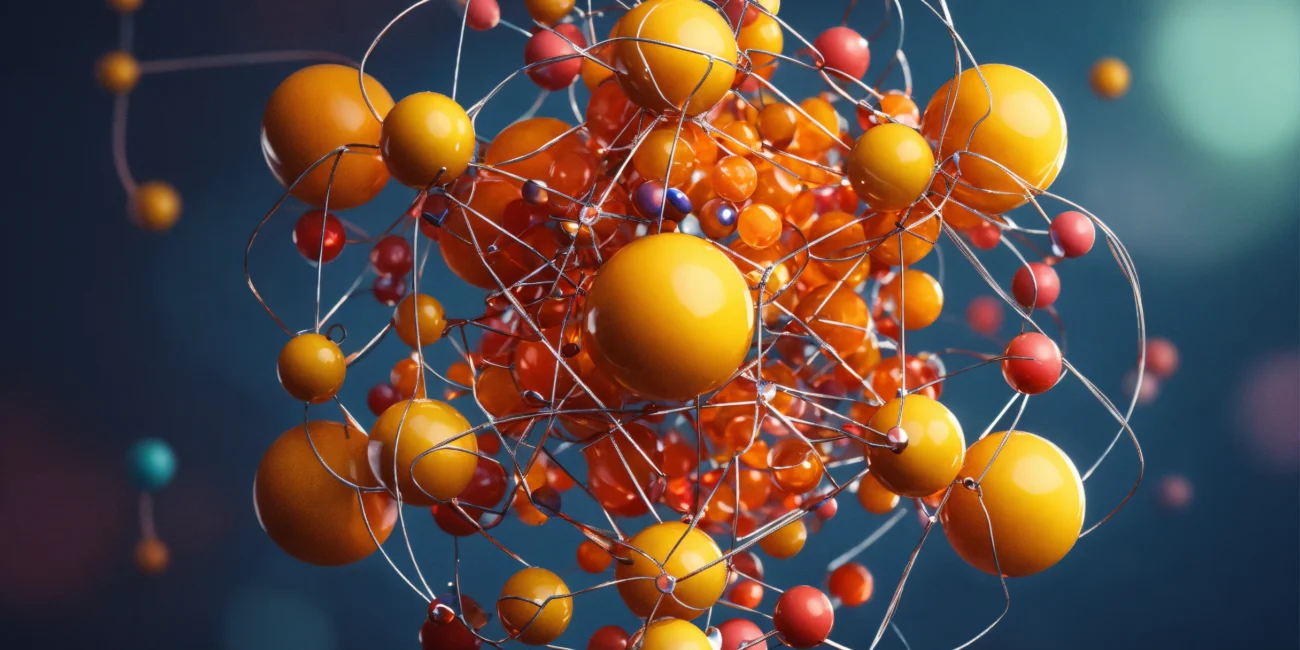What on Earth is Quantum Biology?

Attention!
Imagine if you could be in two places at once or even “teleport” like your favorite superhero. Sounds like magic, right? Well, in a way, it’s real—but instead of happening in superheroes, it happens in tiny, invisible particles in the world of quantum biology! Today, we’ll go on an adventure through this wild science to see how the weirdness of quantum physics helps life exist, grow, and thrive.
Interesting?
To understand quantum biology, let’s start with a quick look at “quantum physics.” Quantum physics is a branch of science that studies the tiniest things in the universe: particles so small you need super-strong microscopes to see them. These particles, like electrons and photons, don’t behave the way bigger things do. They don’t follow the usual “rules” like we do—they can do things like appear in two places at once, disappear and reappear, or even act like waves and particles at the same time. Sounds confusing? You bet! But stick with me—it’s going to get fun.
Now, you may wonder, “What does this have to do with biology?” Biology, after all, is about things that are alive, like plants, animals, and humans. Well, it turns out that life itself relies on some super-weird quantum tricks to function. In quantum biology, we discover how tiny particles inside living things act in ways that scientists thought only happened in physics labs. Isn’t that amazing?
Quantum Magic
Alright, let’s dive deeper into how quantum biology works in real life! Here are some fascinating examples of quantum magic happening in the biological world:
- Photosynthesis Magic:
You know how plants need sunlight to grow, right? Well, when a plant captures sunlight, it uses a process called photosynthesis to turn that light into energy. But here’s the cool part: scientists discovered that plants use quantum physics to make this process super-efficient. The particles inside plant cells can choose the quickest path to turn sunlight into energy, almost like they’re solving a maze in record time! This happens because these particles can exist in multiple paths at once (called “superposition”) until they find the best one.
2. The Smell Test :
Ever wonder how your nose knows the difference between the smell of chocolate chip cookies and fresh-cut grass? Smell isn’t just about the shape of molecules; it’s also about their vibrations. Some scientists think that quantum biology helps us smell by allowing electrons in our noses to “tunnel” through these vibrations, which gives us a very sensitive sense of smell. So next time you smell something yummy, remember—it could be quantum physics at work!
3. Birds with Built-In GPS:
Birds like robins have an amazing ability to migrate across continents, finding their way without a map. How do they do it? Researchers think they use a sort of “quantum compass” inside their eyes! When light hits certain molecules in a bird’s eyes, it creates tiny pairs of particles that can sense Earth’s magnetic field. This field helps guide them, almost like a built-in GPS powered by quantum physics. Imagine seeing your way across the world like a map that only you can read!
4. DNA Repair:
Our DNA, the instruction manual for our bodies, can get damaged by things like UV light from the sun. Luckily, our cells have repair mechanisms that act like tiny doctors to fix DNA. Some scientists think that quantum tunneling—a process where particles can “jump” through barriers—might help these repair enzymes reach damaged spots quickly. So in a way, quantum physics is a hero helping to keep us healthy and safe!
Wondering?
Now that you know some cool quantum tricks happening in nature, you can see how quantum biology is a bit like nature’s secret toolkit, blending physics with the wonders of life. The next time you see a tree, smell a flower, or hear about birds migrating south, remember, there’s a little bit of quantum magic behind it all!
And who knows? Maybe you’ll be one of the scientists exploring these mysteries someday! Quantum biology is still young, and there’s so much we don’t know. If you’re curious and love asking “why” or “how,” you might have what it takes to dive into this strange, fascinating world yourself. So keep wondering, keep exploring, and who knows where your curiosity will lead you next?
Conclusion: The Mystery Continues
Quantum biology might sound like science fiction, but it’s very real—and still full of mysteries! Scientists are only beginning to understand how these tiny particles do such big jobs in the natural world.
So, next time you wonder about how life works at the tiniest level, remember that quantum physics may be part of the answer. And maybe one day, you could be part of uncovering these secrets yourself. The world of quantum biology is still unfolding, and the adventure has just begun! Keep curious, keep asking questions, and keep exploring the incredible wonders of life at its most mysterious level.